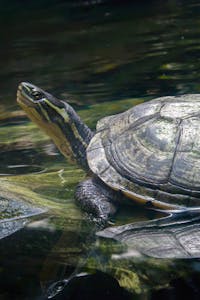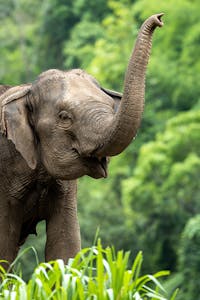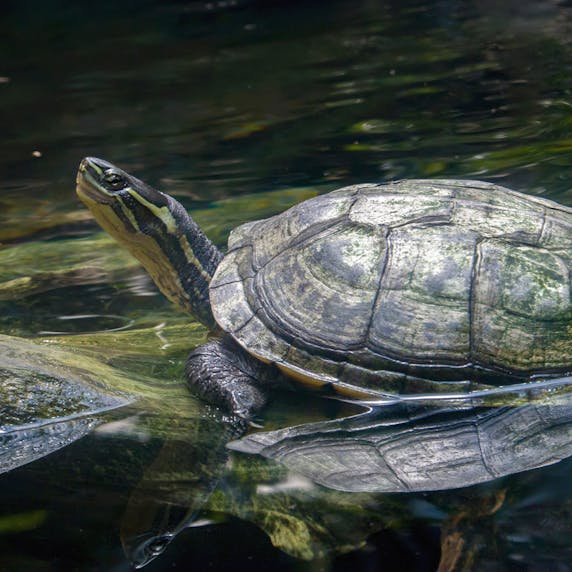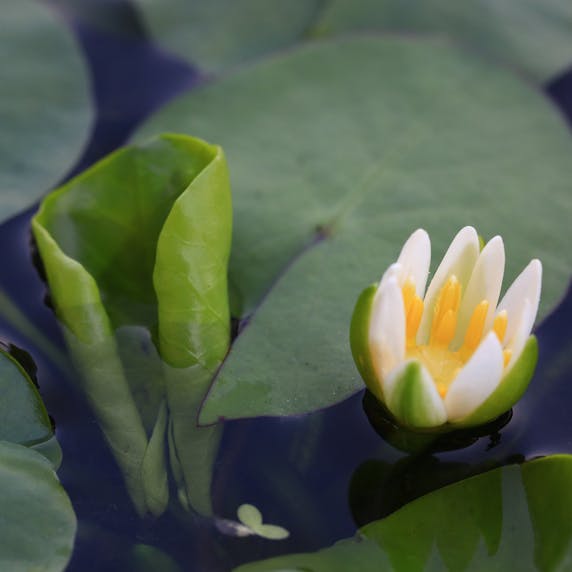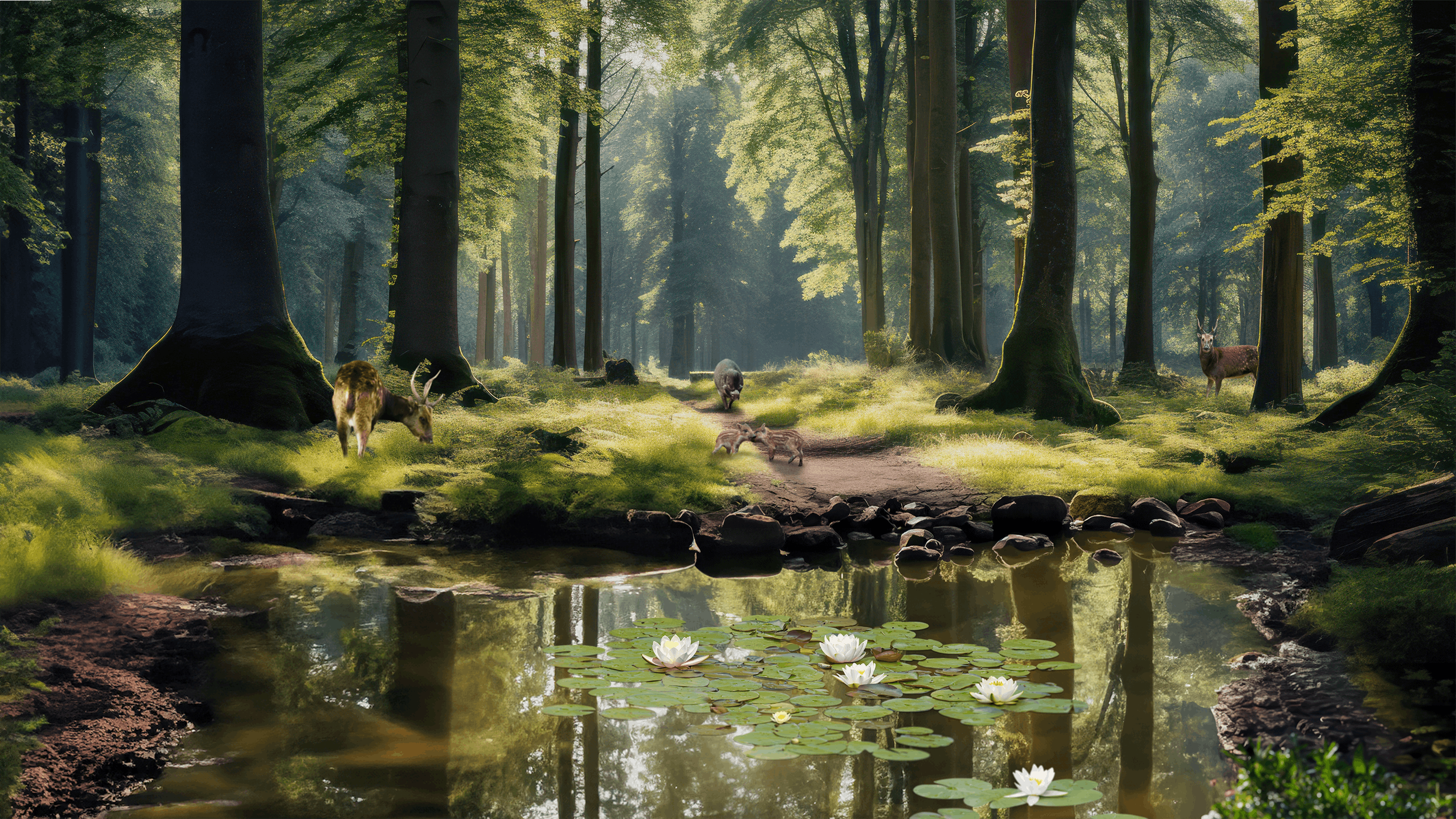
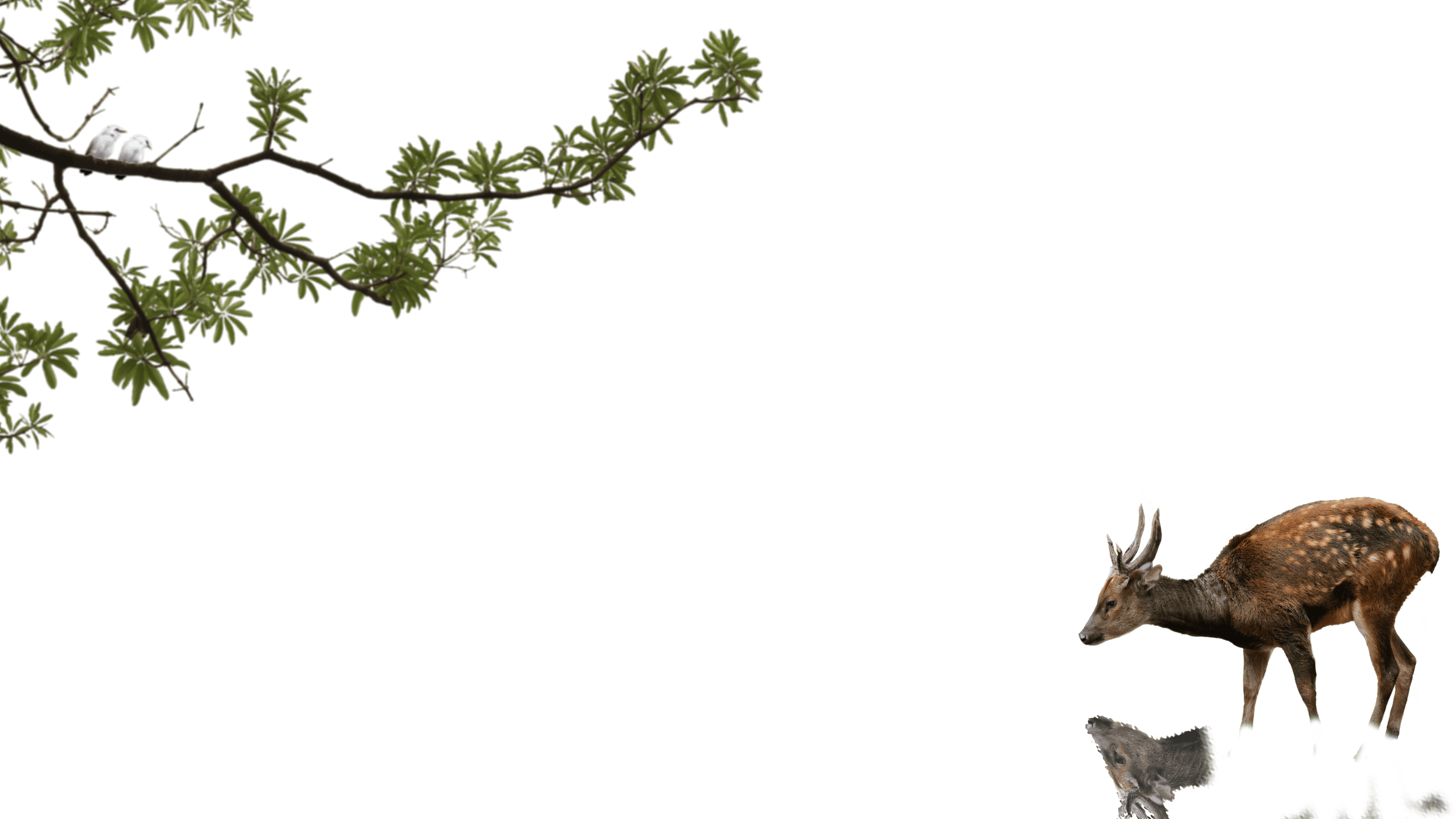
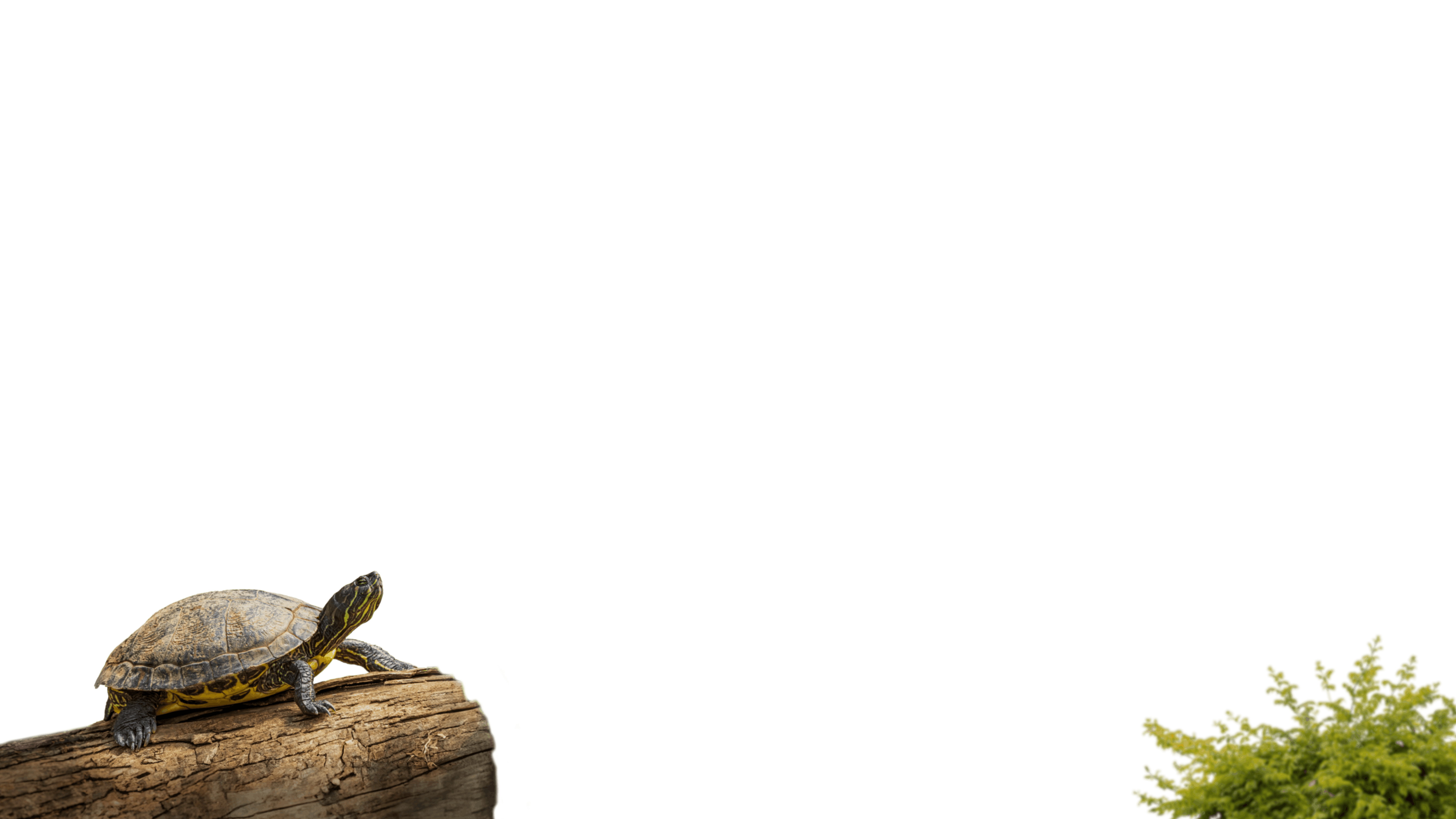
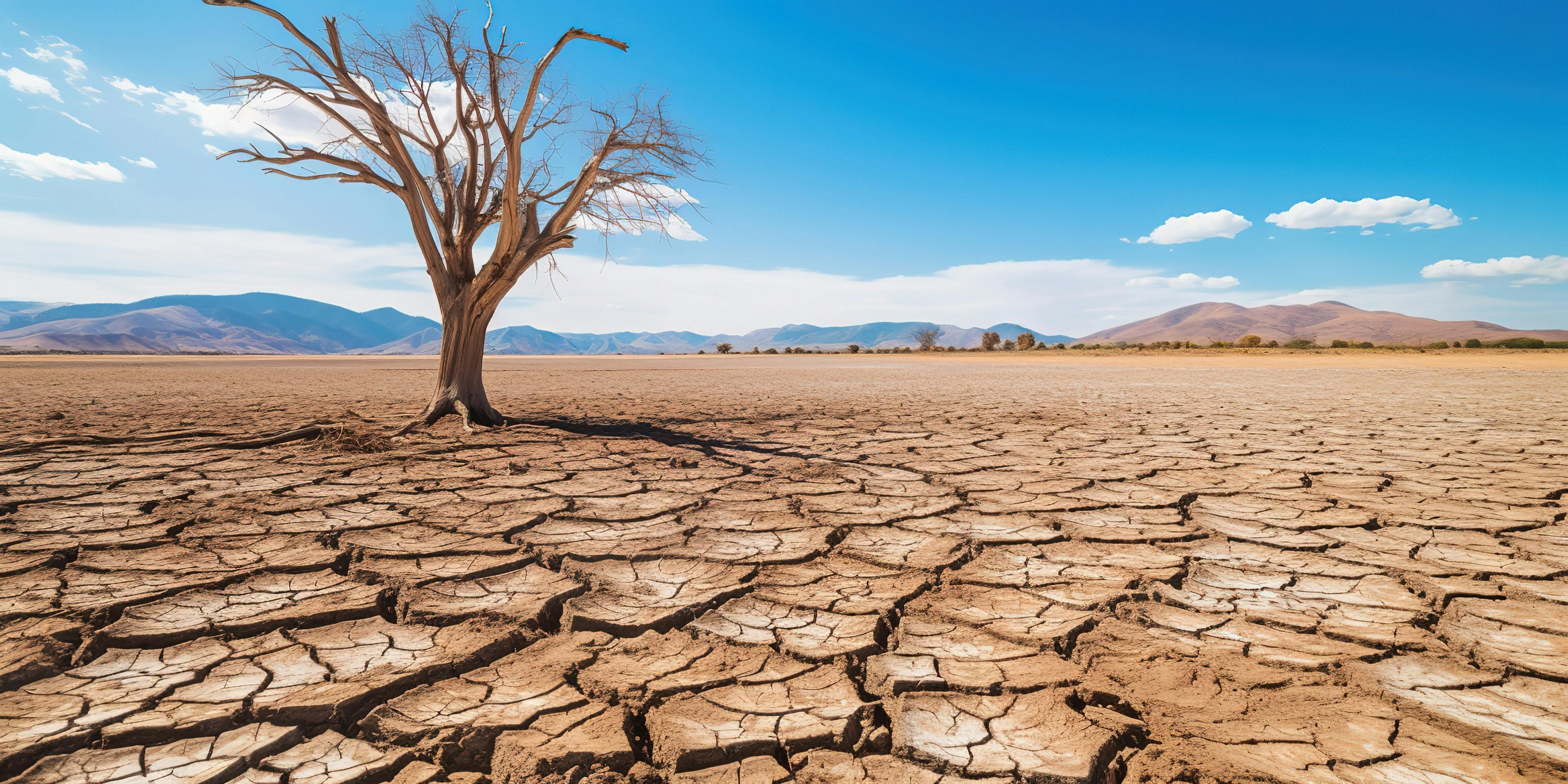
Did you know that there are species of animals that have gone extinct in the wild but still exist in zoos? It may sound strange, but it's true. They are like 'forgotten animals.' Out of sight but not out of our hearts. For these species, places like Blijdorp are their last hope. Right now, increasing the population in zoos is the only thing we can and must do. The rest will come later.
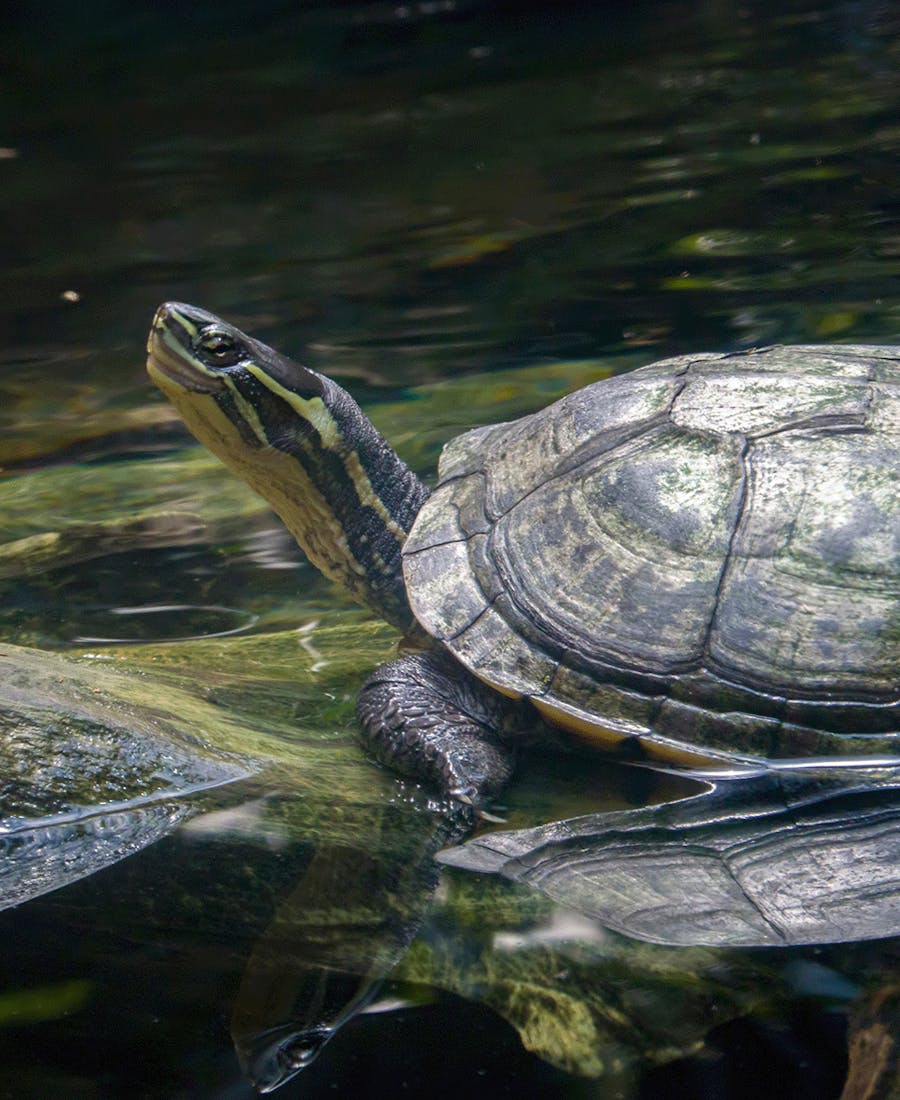
In two places in the park, we are creating a 'Last Resort.' In these places, we house only species of which there are fewer than 1,000 individuals left in the wild. Diergaarde Blijdorp is working to prevent the extinction of these surprising and sometimes forgotten species. We have the space, we understand the urgency. Often, it involves smaller species for which we can provide room.
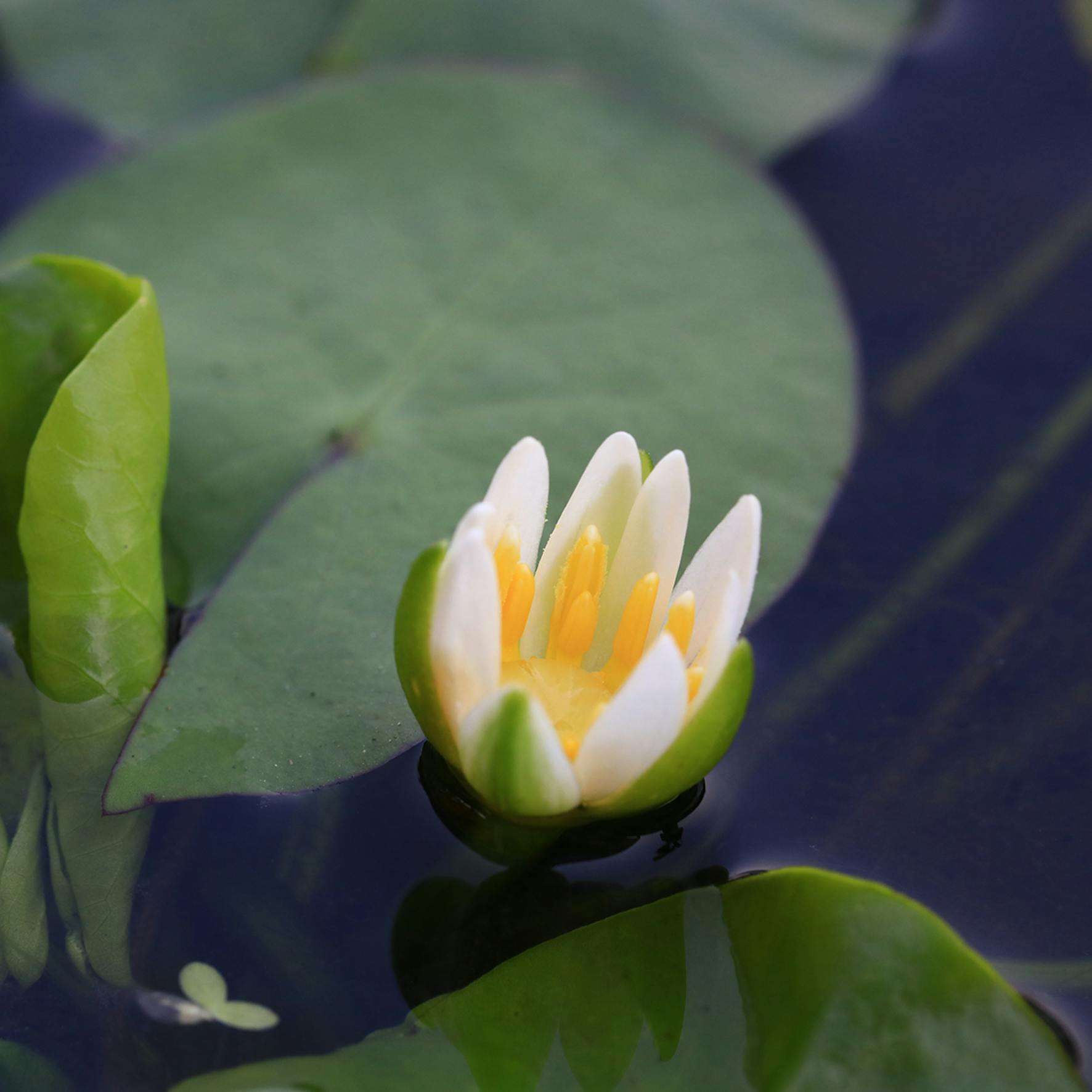
For some of these species, we take the lead. Together with other zoos, we work on the conservation of these forgotten species and collaborate with other zoos to increase populations. A visit to these Last Resorts makes you aware of where we currently stand. The rarity of the animals you see here makes it almost like a living museum. It is a unique experience to come face to face with the last living animals. But above all, it is a wake-up call. If we do not change our behavior, many more species will follow. We do not want that. And that urgency should truly resonate in everyone's heart.
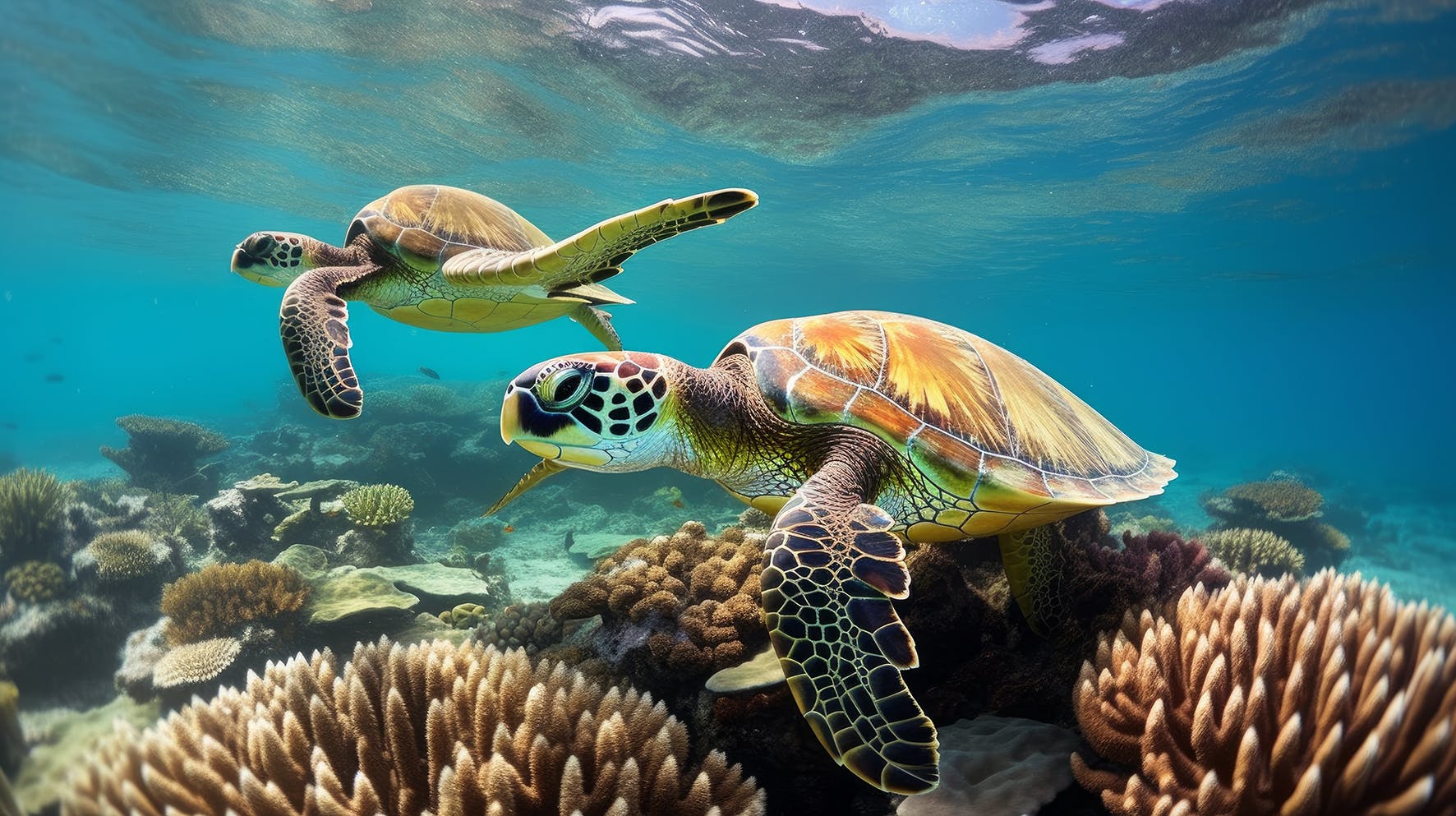
In the Oceanium, you'll find the Last Resort for amphibians, fish, and reptiles. In the current Malaysian Forest, it is the Last Resort for mammals and birds. But nothing is as it seems, even though the title may make you think the end is near. This is actually the beginning of new life. Vulnerable life, nonetheless. The collection in this area changes based on our success and the urgency of the moment.
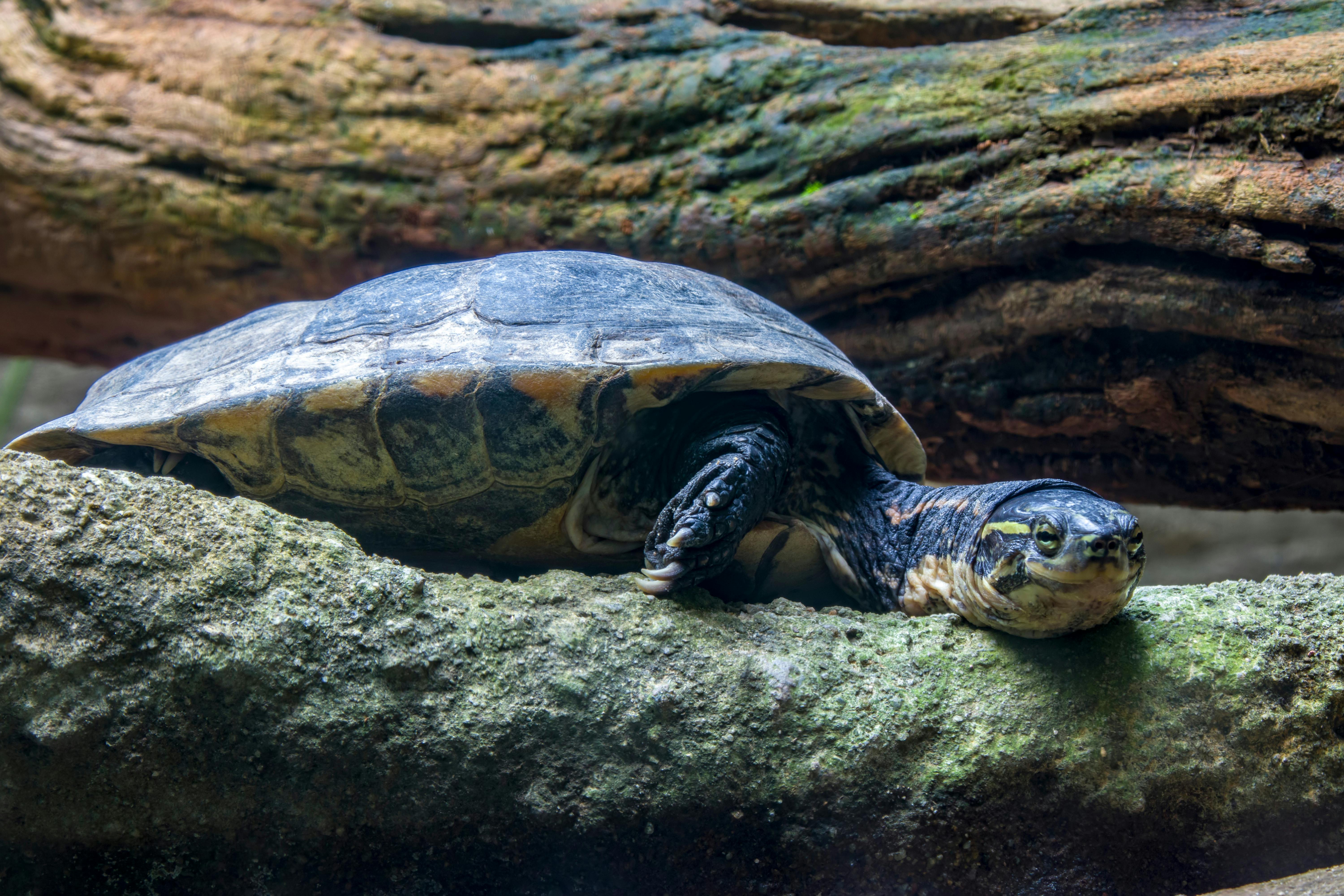
In five years, we have integrated the start of a backup population for three different animal and/or plant species, of which fewer than 1,000 individuals remain in the wild. By 2050, we have doubled the populations of these species in zoos.
Creating awareness for these forgotten animals. These animals deserve attention too. Especially these ones. Because what you pay attention to, grows. By 2050, 70% of our visitors are familiar with our three forgotten animals.
